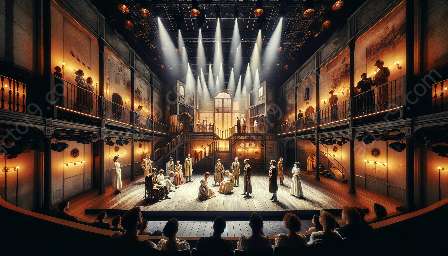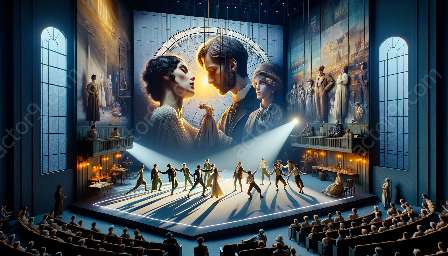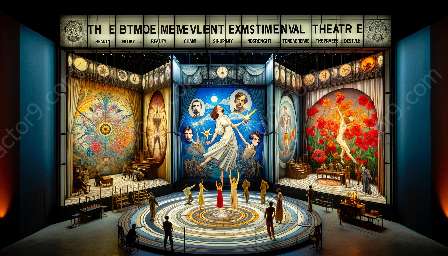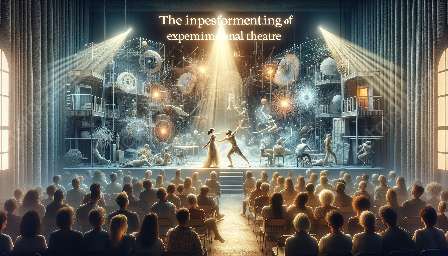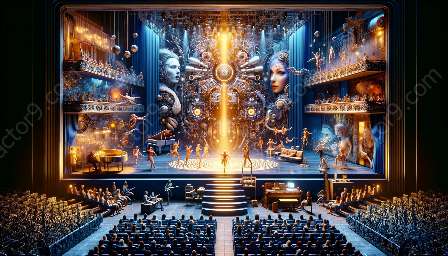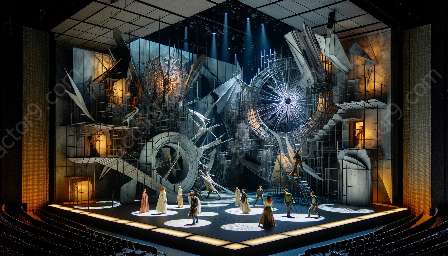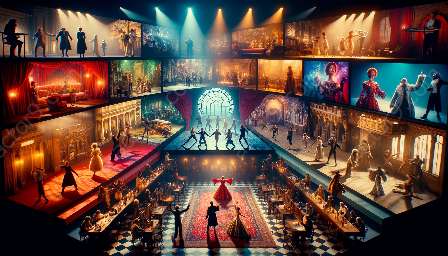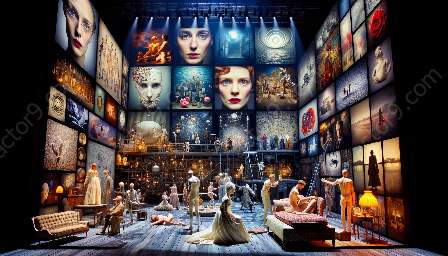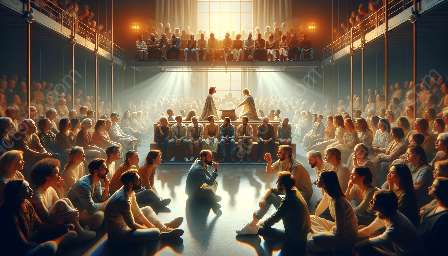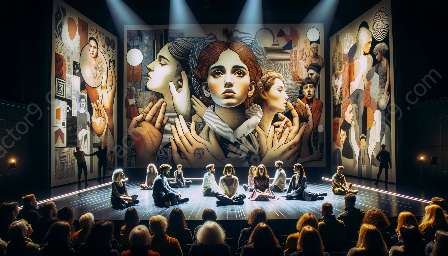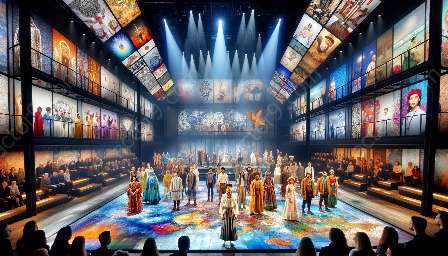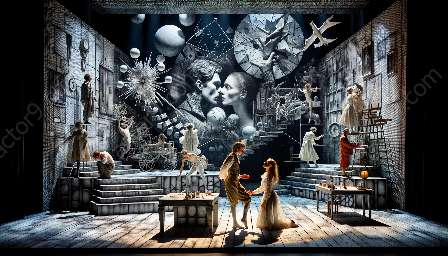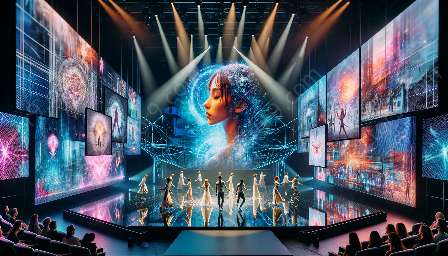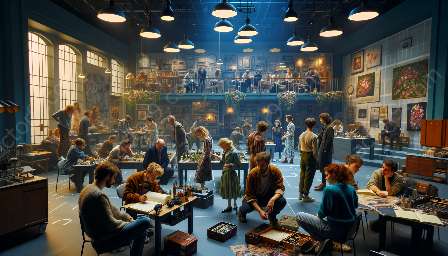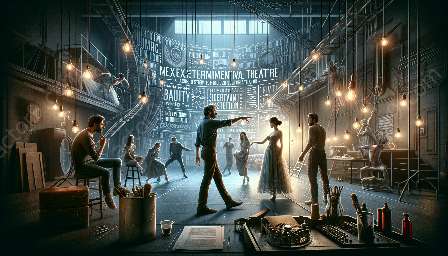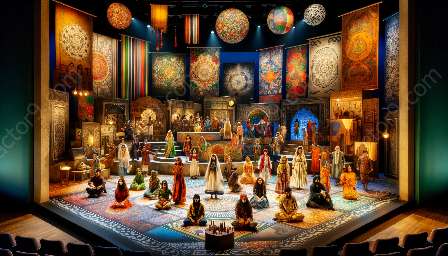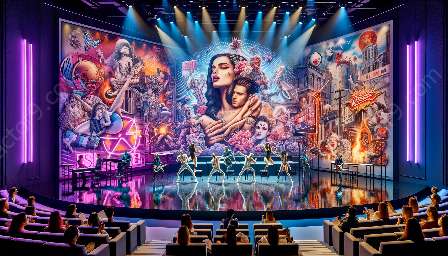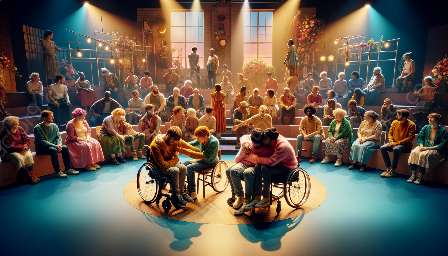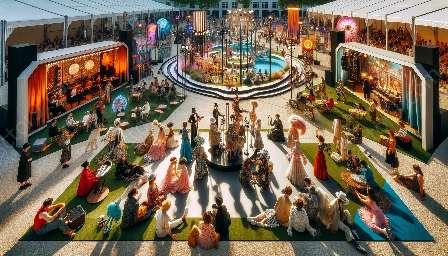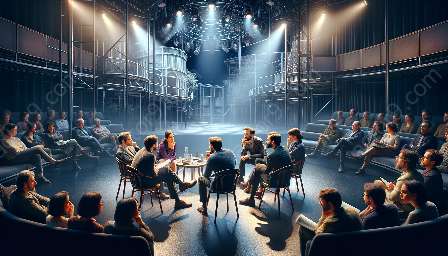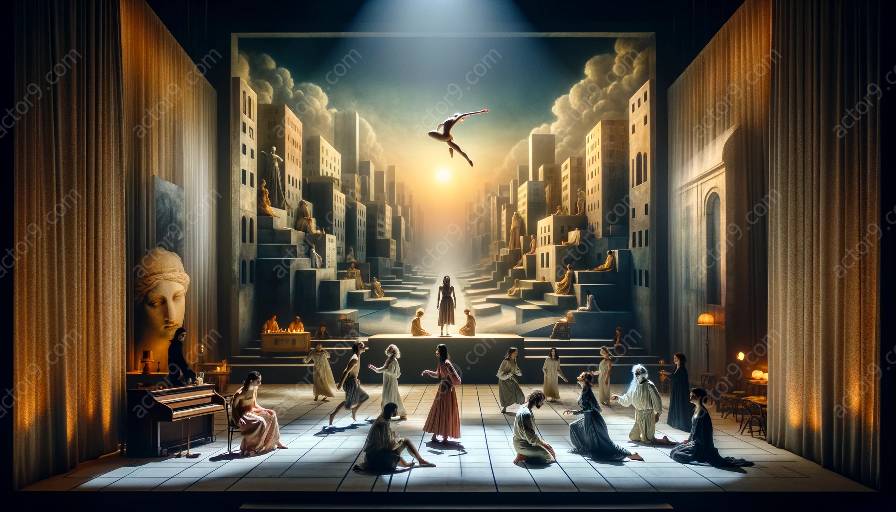Experimental theatre is a captivating, innovative form of art that combines creativity with a spirit of exploration. It pushes boundaries and challenges conventional norms, inviting artists to collaborate and break free from traditional artistic structures. At the heart of collaborative approaches in experimental theatre lies the delicate balance between structure and spontaneity. Understanding this balance is crucial to creating immersive, thought-provoking performances that resonate with audiences on a deep level.
Defining Experimental Theatre
To comprehend the significance of balancing structure and spontaneity in collaborative experimental theatre, it is essential to first define the core elements of experimental theatre. Experimental theatre is characterized by its non-conformity, challenging the norms of traditional theatre by embracing unconventional techniques, non-linear narratives, and audience interaction. It thrives on artistic risk-taking, encouraging artists to explore new forms of storytelling and performance expression.
Collaborative Approaches in Experimental Theatre
In the realm of experimental theatre, collaboration is key. Artists from various disciplines come together to create multidimensional, immersive experiences that blur the lines between audience and performer. Collaborative approaches in experimental theatre emphasize the fusion of diverse artistic perspectives, fostering a creative environment where innovation flourishes. The collaborative process often involves a fluid exchange of ideas, improvisation, and a shared commitment to pushing the boundaries of conventional theatre.
The Balancing Act: Structure and Spontaneity
Central to the essence of experimental theatre is the dynamic interplay between structure and spontaneity. While structure provides a framework for the creative process, spontaneity injects raw energy and authenticity into the performance. A delicate equilibrium must be achieved, allowing for the freedom of improvisation while maintaining a coherent structure that guides the artistic expression. The collaborative nature of experimental theatre further underscores the need for open communication and adaptability, as artists must navigate the fluid landscape of creative exploration while honoring the collective vision.
Moving Beyond Boundaries
Exploring the harmonious coexistence of structure and spontaneity in collaborative experimental theatre opens the door to groundbreaking artistic experiences. By embracing the fluidity of the collaborative process and the unpredictability of spontaneous creativity, experimental theatre expands its artistic horizons, inviting audiences to embark on transformative journeys that defy traditional theatrical conventions. The result is a fusion of raw emotion, unbridled imagination, and thought-provoking narratives that resonate deeply with those who are eager to embrace the unconventional.

